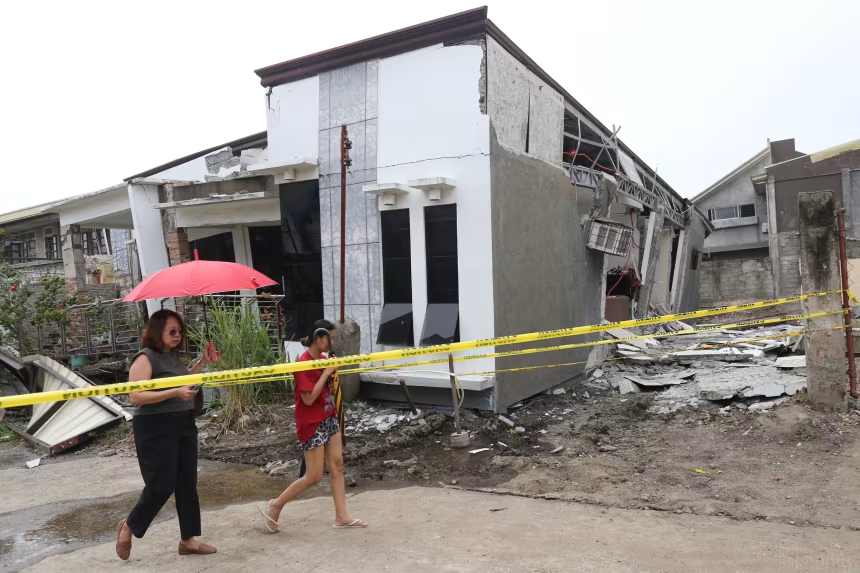A massive earthquake struck off the coast of Mindanao in the southern Philippines early Friday, sending shockwaves through the region and sparking tsunami alerts across coastal zones. The quake, initially measured at magnitude 7.6 and later revised to 7.4, struck with a shallow depth that amplified its destructive potential.
The epicenter was located offshore near Manay in Davao Oriental province. The tremor rattled buildings in Davao City and nearby towns, and many residents rushed outdoors as the ground violently shook. The Philippines’ seismology institute and international monitoring agencies sounded tsunami warnings for nearby coastal provinces and for nations as far as Indonesia and Palau. Fortunately, the warnings were later lifted after only minor sea level fluctuations were recorded.
Tragically, at least two people lost their lives when parts of their houses collapsed. Structural damage was reported in hospitals, schools, and public buildings. One hospital evacuated hundreds of patients to safe locations, while school buildings were cracked and classrooms deemed unsafe. Power outages left many without electricity in affected districts.
Local authorities suspended classes and public activities in multiple provinces to allow for rapid damage assessment. Search and rescue teams were placed on high alert, ready to mobilize when conditions permitted. Government leaders appealed for calm and coordinated efforts to ensure relief reaches areas in urgent need.
This quake follows another deadly tremor that struck Cebu less than two weeks ago, underlining the country’s vulnerability to seismic activity. Positioned along the Pacific Ring of Fire, the Philippines routinely faces earthquakes, volcanic eruptions, and tsunamis. The sequence of strong quakes is now raising concerns over aftershocks and further destabilization.
Residents are being urged to stay vigilant, avoid unstable structures, and follow evacuation orders along coastlines. Relief operations are focused on providing shelter, medical care, and restoring essential services in the hardest hit communities.


